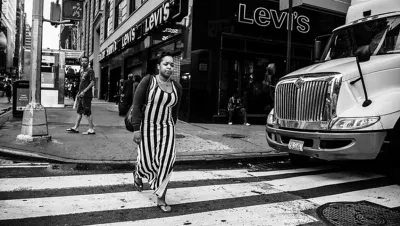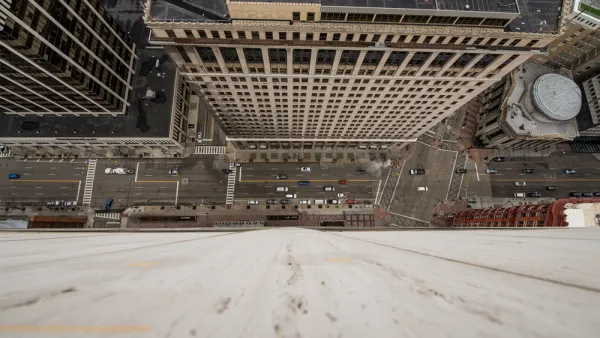You know what racial equity means, but have you heard of 'experiential equity'? Environmental neuroscientist Robin Mazumder explains the term and how it can inform our understanding of equity in the built environment.

Robin Mazumder is breaking new ground in the field of environmental neuroscience, studying the ways in which people experience stress in urban environments. Now, the coronavirus pandemic has added a sense of urgency to Mazumder's research in light of social distancing recommendations that highlight the importance of shared outdoor spaces.
Mazumder's piece illustrates the potential of a young field of study and the author's own focus on racial equity and the study of the lived experiences of marginalized groups. As Mazumder writes, "my experiences of both marginalisation and privilege elucidated the complexity of the human experience, and how that experience can be shaped by barriers created in our social and physical environments. I bring these experiences to my research in environmental neuroscience, where I examine the psychological impacts of our social and physical environments."
Mazumder's work hinges on an important consideration: that not all people experience the built environment and public space in the same way. The pandemic has amplified stress as well as the role of public space to mitigate that stress. Moreover, the recent protests against police brutality and anti-Black racism have "demonstrated the importance of how access to public space can support well-being, the protests demand we ask to whom that public space is open and accessible," says Mazumder.
Pointing to the work of such Black scholars as W. E. B. Du Bois, Dr. Rodney Clark, and Kimberlé Crenshaw, Mazumder acknowledges the role of disciplinary collaboration in furthering the understanding of disparate experiences of the built environment.
Mazumder posits a new term, experiential equity, to "acknowledge the psycho-spatial disparities that exist in the human experience of public space and the associated violence to the body and mind that are caused by these disparities."
Plans are being made to employ the experiential equity framework to inform work on the City of Edmonton’s Zoning Bylaw Renewal for which Mazumder is an advisor.
"This work has just begun and I am keen, and hopeful, that it will provide a tangible example of how experiential equity can be used to facilitate societal change, and to help create urban environments that account for and support everyone’s dignity and well-being," says Mazumder.
FULL STORY: Public spaces are essential – but not yet equal

Analysis: Cybertruck Fatality Rate Far Exceeds That of Ford Pinto
The Tesla Cybertruck was recalled seven times last year.

National Parks Layoffs Will Cause Communities to Lose Billions
Thousands of essential park workers were laid off this week, just before the busy spring break season.

Retro-silient?: America’s First “Eco-burb,” The Woodlands Turns 50
A master-planned community north of Houston offers lessons on green infrastructure and resilient design, but falls short of its founder’s lofty affordability and walkability goals.

Test News Post 1
This is a summary

Analysis: Cybertruck Fatality Rate Far Exceeds That of Ford Pinto
The Tesla Cybertruck was recalled seven times last year.

Test News Headline 46
Test for the image on the front page.
Urban Design for Planners 1: Software Tools
This six-course series explores essential urban design concepts using open source software and equips planners with the tools they need to participate fully in the urban design process.
Planning for Universal Design
Learn the tools for implementing Universal Design in planning regulations.
EMC Planning Group, Inc.
Planetizen
Planetizen
Mpact (formerly Rail~Volution)
Great Falls Development Authority, Inc.
HUDs Office of Policy Development and Research
NYU Wagner Graduate School of Public Service




























